Caribbean pork dishes are a vibrant celebration of flavors, deeply rooted in the region’s rich culinary traditions. These recipes burst with a unique blend of spices and ingredients that capture the essence of island life.
From the spicy jerk pork of Jamaica to the aromatic slow-cooked pernil popular in Puerto Rico, each dish offers a taste of the Caribbean sun and sea.
As we dive into these delicious pork creations, you’ll discover how each recipe tells a story of cultural heritage and local festivities, bringing people together under the warm, tropical skies. So, let’s explore these delightful flavors that make Caribbean pork dishes a must-try for any food enthusiast.
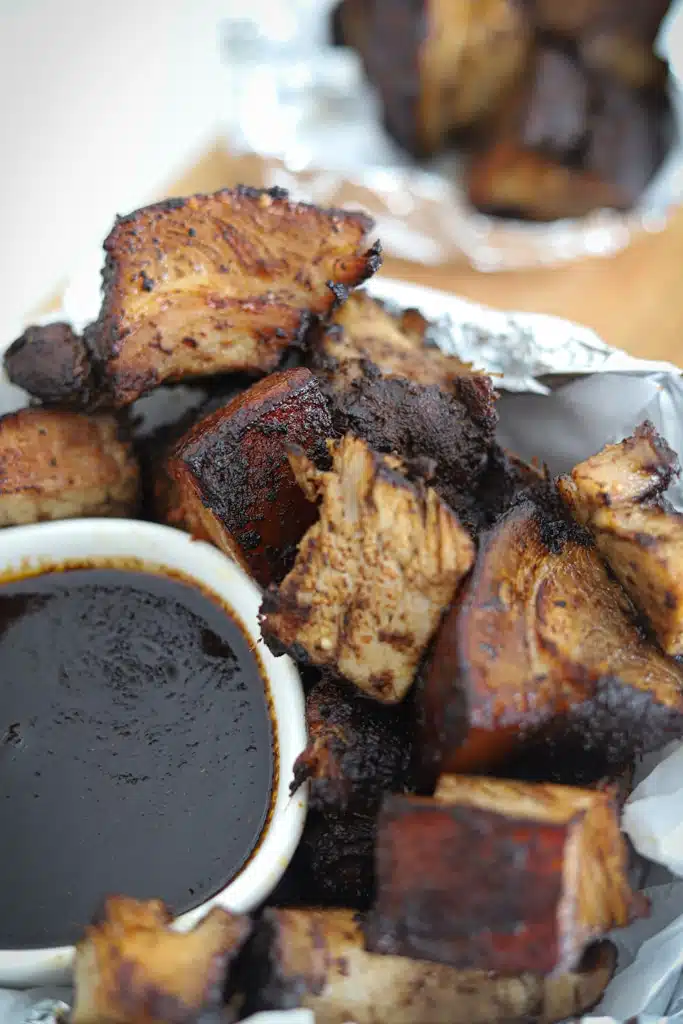
What are Caribbean pork dishes?
Caribbean pork dishes are a diverse array of recipes that feature pork as the central ingredient, enhanced with the rich, bold flavors typical of the Caribbean region. These dishes often incorporate a mix of spices like allspice, nutmeg, and cloves, along with fiery chilies and aromatic herbs which give them a distinctive and robust taste.
Some popular examples include Jamaican jerk pork, known for its spicy, smoky flavor achieved through marinating and slow grilling; Puerto Rican pernil, a slow-roasted pork shoulder seasoned with garlic, oregano, and citrus; and Haitian griot, which is marinated, fried pork that’s tender on the inside and crispy on the outside. Each dish reflects the cultural heritage and local ingredients of its island, offering a delicious taste of Caribbean life.
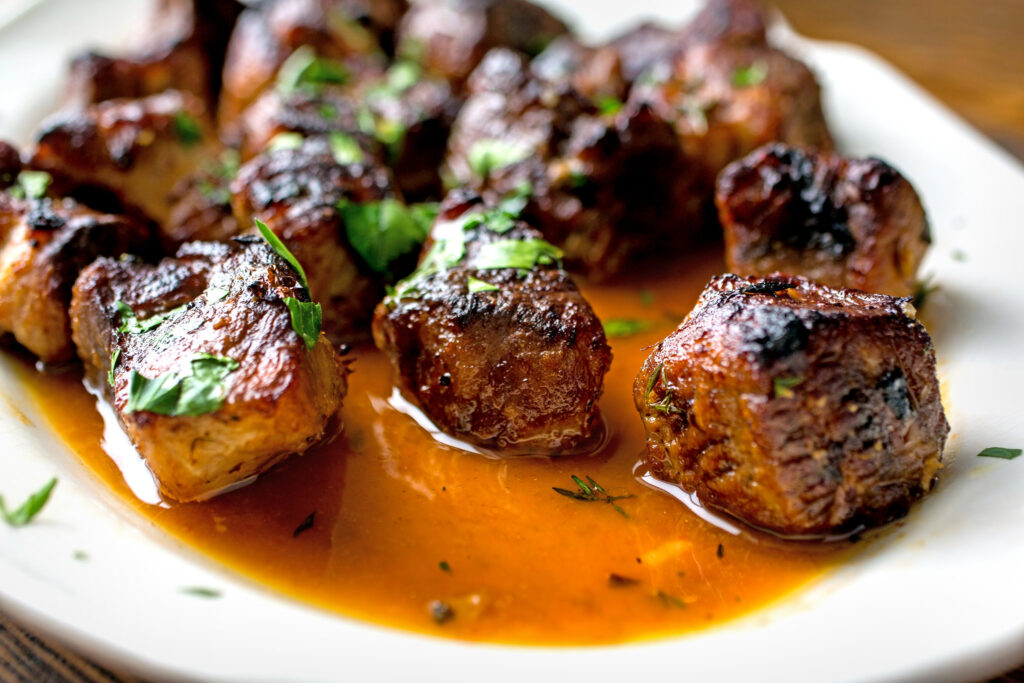
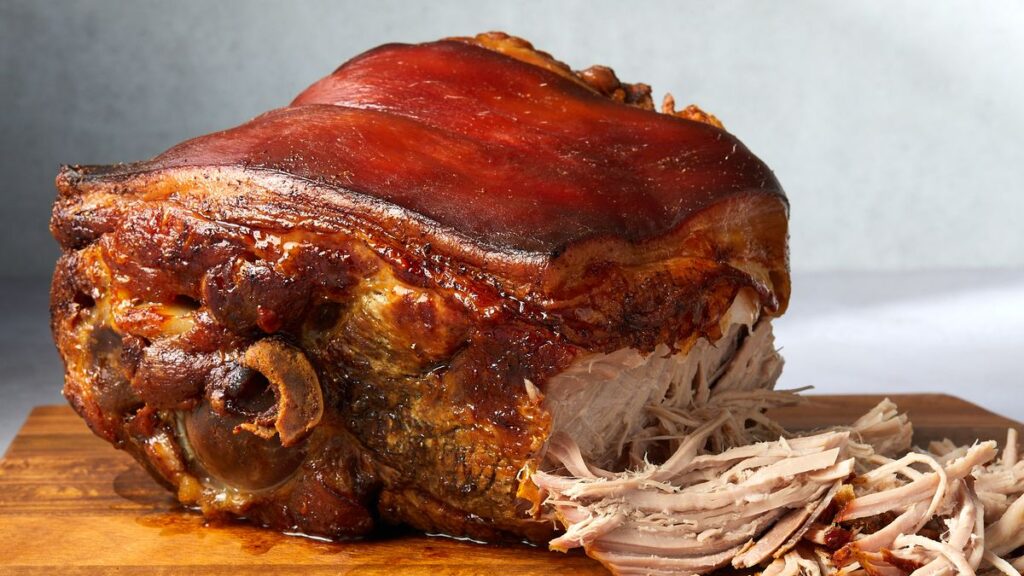

Why do caribbean pork dishes are important in caribbean culture?
Caribbean pork dishes hold a special place in the region’s culture, representing more than just good eating—they embody a deep connection to history, community, and celebration. Here’s why they’re so significant:
- Cultural Fusion: The Caribbean is a melting pot of cultures, and this is vividly reflected in its cuisine. Pork dishes incorporate ingredients and cooking methods from African, Spanish, Indigenous, and Asian influences, showcasing a rich tapestry of cultural interplay.
- Historical Significance: Pork became a staple in many Caribbean diets due to the colonial introduction of pigs to the islands. Over time, local spices and techniques transformed simple pork into distinctive dishes that tell stories of adaptation and survival.
- Festivity and Celebration: Pork is often the centerpiece at various celebrations and gatherings, symbolizing abundance and festivity. Dishes like pernil in Puerto Rico are a must during Christmas, while jerk pork is a highlight at street fests and family get-togethers in Jamaica.
- Community and Family: Cooking these dishes is frequently a communal activity, bringing families and neighbors together. The preparation process itself—from marinating overnight to slow-cooking—fosters connection and tradition, passing down recipes from generation to generation.
In essence, Caribbean pork dishes are more than food; they are a celebration of heritage, a symbol of community bonding, and a delicious expression of the islands’ history and multicultural influences.
What are the Traditional Caribbean pork dishes?
Caribbean pork dishes are as diverse as the islands themselves, each with its own unique flavors and traditions. Here are some traditional Caribbean pork dishes that are staples across the region:
Jerk Pork (Jamaica) – Perhaps the most famous Caribbean pork dish, jerk pork is marinated in a fiery mix of allspice, Scotch bonnet peppers, cloves, cinnamon, and thyme. It’s traditionally slow-cooked over pimento wood, which imparts a distinctive smoky flavor.

Pernil (Puerto Rico) – A festive dish often served during holidays and special occasions, pernil is a slow-roasted pork shoulder seasoned with adobo made from garlic, oregano, black pepper, and citrus juices. The skin is roasted until crispy, known as “cuero”.

Griot (Haiti) – This involves chunks of pork shoulder marinated in citrus and Scotch bonnet peppers, then braised and fried until they are crispy on the outside and tender inside. Griot is typically served with pikliz, a spicy pickled vegetable relish.

Lechon Asado (Cuba) – Lechon asado is a whole pig marinated in a mojito sauce, a mixture of garlic, oregano, black pepper, and bitter orange juice, then slow-roasted over an open fire. This dish is a centerpiece in many celebrations.
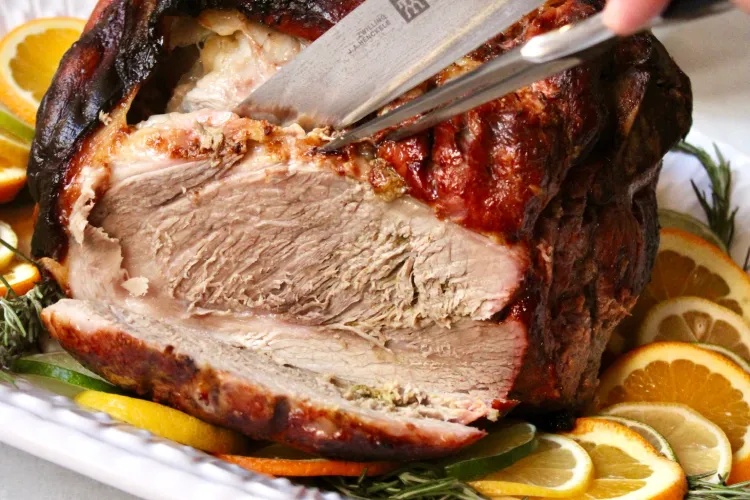
Stewed Pork (Barbados) – This dish features pork stewed in a rich sauce with onions, tomatoes, herbs, and sometimes a hint of rum, reflecting the island’s love for slow-cooked, hearty meals.
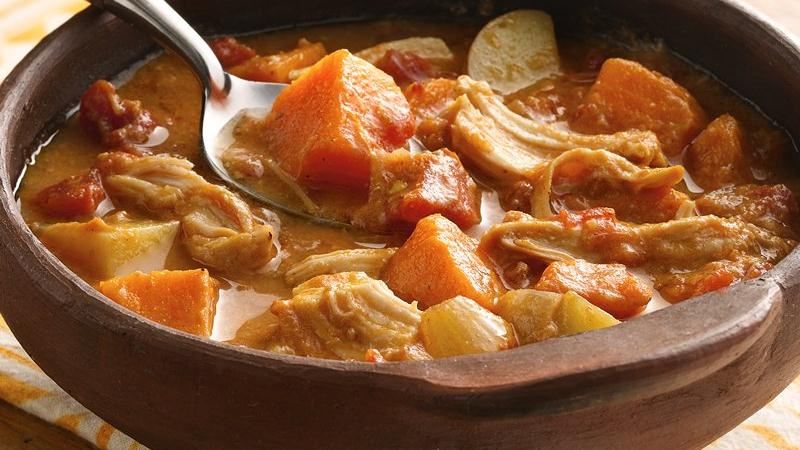
Oil Down (Grenada) – While not exclusively a pork dish, oil down includes salted pork, breadfruit, dumplings, and vegetables, all simmered in coconut milk. It’s the national dish of Grenada and showcases local ingredients.
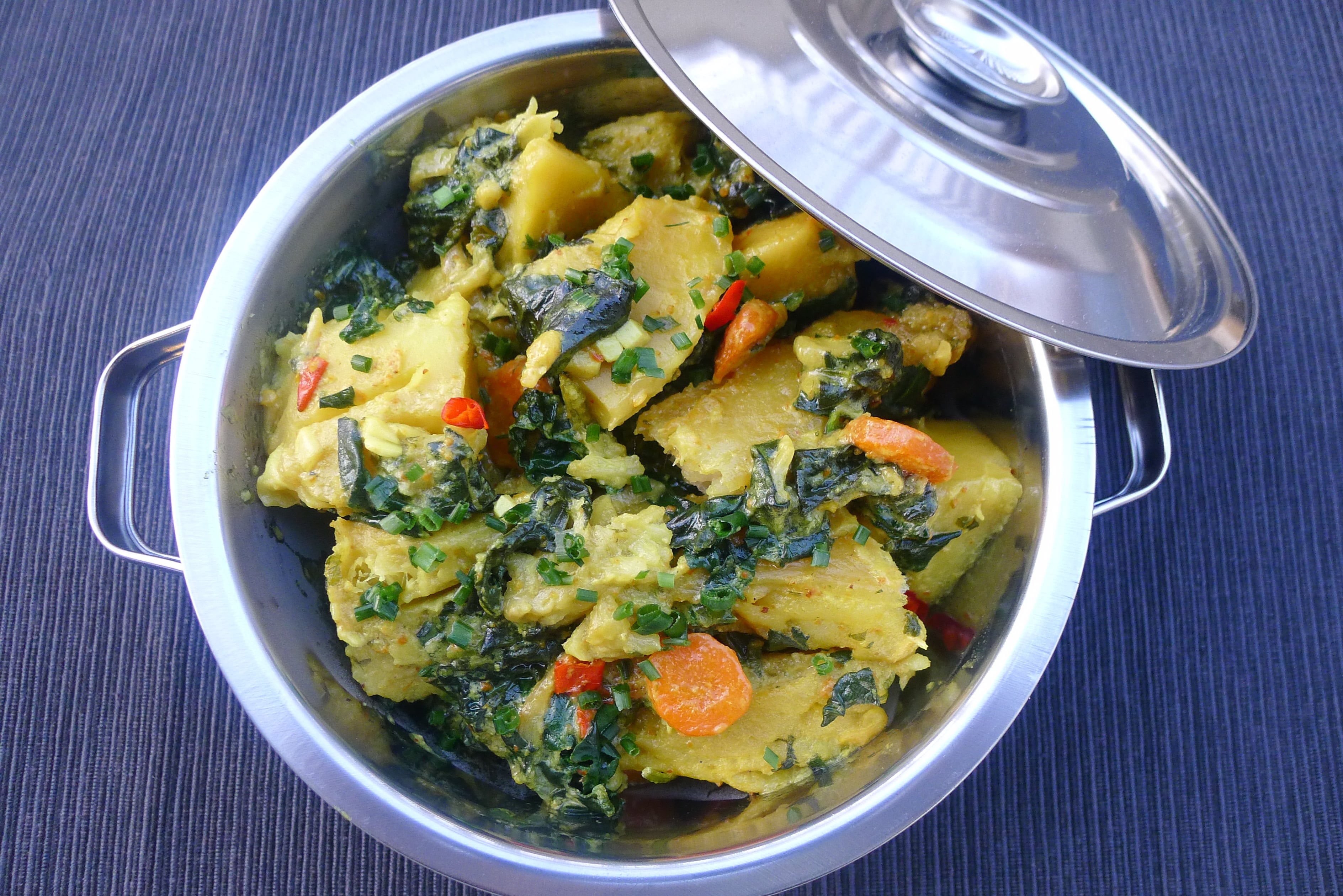
Now, let’s explore more of these tantalizing Caribbean pork dishes! As we delve into each island’s unique flavors and cooking methods, we’ll uncover how these dishes have become integral to Caribbean culture.
Stay with us as we navigate through the rich culinary landscapes of the Caribbean, learning about the history and traditions that shape these delicious meals. There’s so much to learn and taste—join us on this flavorful journey!
Cuban Mojo Pork
This succulent dish features pork marinated in a garlicky-citrus mojo sauce, which infuses the meat with vibrant flavors of orange, lime, and spices.
Ingredients: Pork shoulder, garlic, orange juice, lime juice, cumin, oregano, olive oil, salt, pepper.
Steps:
- Mix minced garlic, orange juice, lime juice, cumin, oregano, olive oil, salt, and pepper to make the mojo marinade.
- Marinate the pork shoulder in the mojo sauce overnight.
- Roast in the oven at 325°F until the pork is tender and fully cooked, about 3-4 hours.
Trinidadian Pork Stew
A hearty, spicy stew made with marinated pork, vegetables, and a blend of Caribbean spices.
Ingredients: Pork, onions, bell peppers, tomatoes, garlic, thyme, Scotch bonnet pepper, allspice, Worcestershire sauce, vegetable oil, salt.
Steps:
- Season pork with garlic, thyme, allspice, and Worcestershire sauce.
- Brown the pork in hot oil, then remove.
- Sauté onions, bell peppers, and tomatoes in the same pot.
- Add pork back to the pot with enough water to cover, simmer until pork is tender.
Martinican Pork Colombo
Pork Colombo is a curry-like dish with origins in Indian cuisine, adapted with Caribbean spices and flavors.
Ingredients: Pork, Colombo powder (a spice mix similar to curry powder), onions, garlic, lime juice, coconut milk, vegetable oil, potatoes, salt.
Steps:
- Marinate pork in lime juice and Colombo powder.
- Brown the marinated pork in oil, then set aside.
- Sauté onions and garlic in the same pot.
- Add pork back to the pot along with potatoes and coconut milk, simmer until everything is cooked through.
Bahamian Stewed Pork
A traditional Bahamian dish where pork is slowly stewed in a tomato-based sauce with local herbs and spices, offering a comforting, flavorful meal.
Ingredients: Pork, tomatoes, onions, celery, green peppers, thyme, bay leaves, salt, pepper, vegetable oil.
Steps:
- Brown pork pieces in oil and remove.
- In the same pot, sauté onions, celery, and green peppers.
- Add back the pork with tomatoes, thyme, bay leaves, and water to cover.
- Simmer until pork is tender and the sauce thickens.
Dominican Chicharrón
A popular snack or side dish, chicharrón is made from fried pork belly or pork rinds, crispy on the outside and tender inside.
Ingredients: Pork belly, lime juice, salt, garlic.
Steps:
- Cut pork belly into bite-sized pieces and season with lime juice, salt, and minced garlic.
- Boil pork in water until water evaporates and pork starts frying in its own fat.
- Continue frying until pork pieces are golden and crispy.
Caribbean cuisine offers an exciting array of pork dishes, each brimming with unique flavors and traditions.
Conclusion
As we’ve explored the variety of Caribbean pork dishes, it’s clear that each recipe offers a window into the rich cultural tapestry and culinary creativity of the region. From the spicy kick of Trinidadian pork stew to the aromatic depths of Cuban Mojo Pork, these dishes reflect the unique blend of indigenous, African, European, and Asian influences that have shaped Caribbean cuisine.
Whether it’s the festive flair of Dominican Chicharrón or the comforting warmth of Bahamian stewed pork, each dish tells a story of community, tradition, and celebration. Embracing these recipes not only broadens our culinary horizons but also deepens our appreciation for the diverse ways that food can bring people together.
Let these flavors inspire your next kitchen adventure, bringing a taste of the Caribbean to your table.
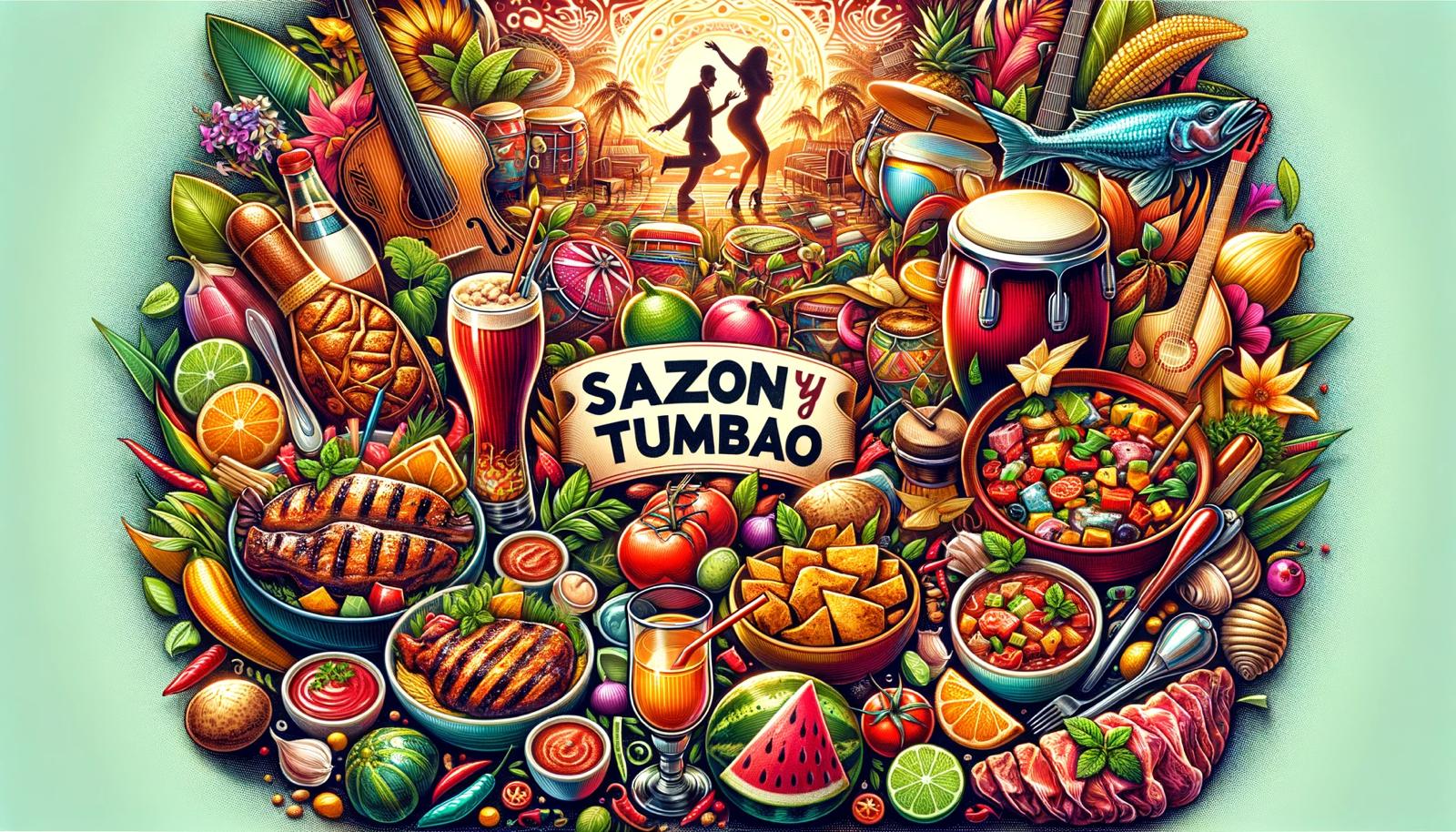
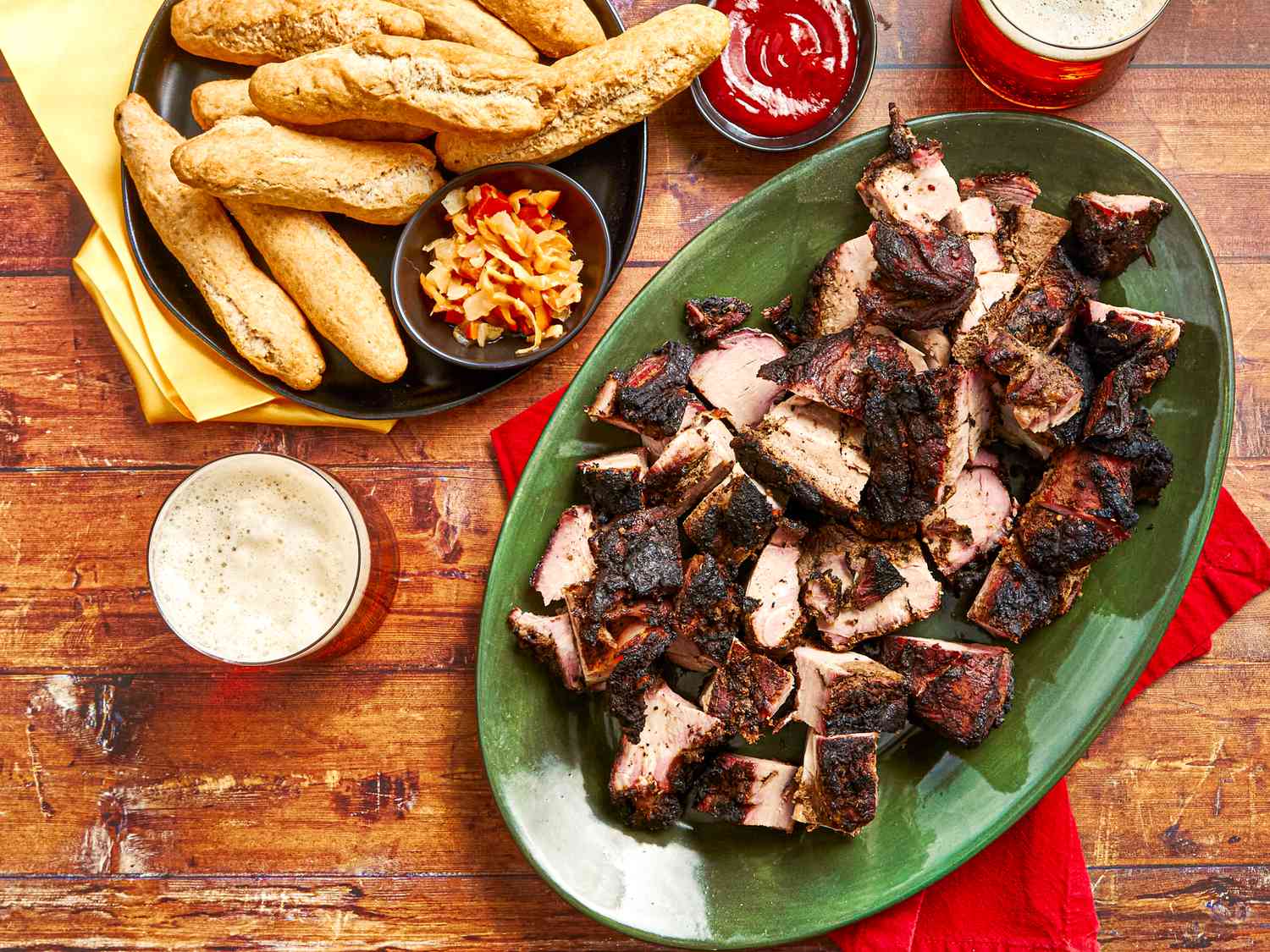
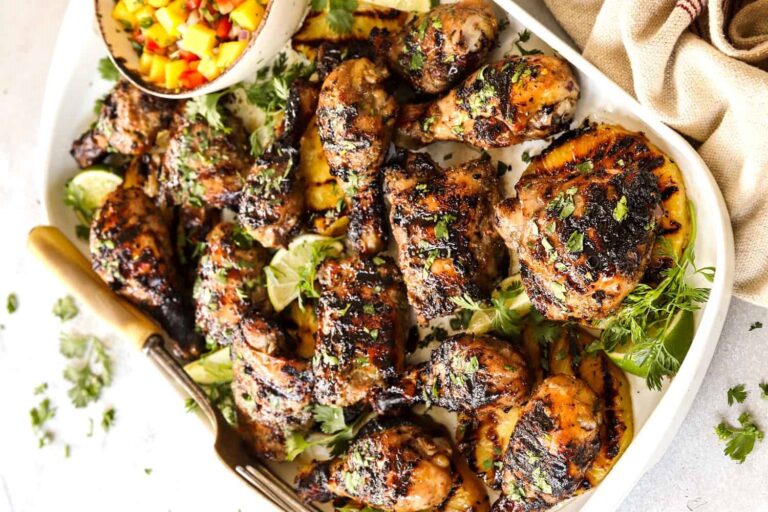

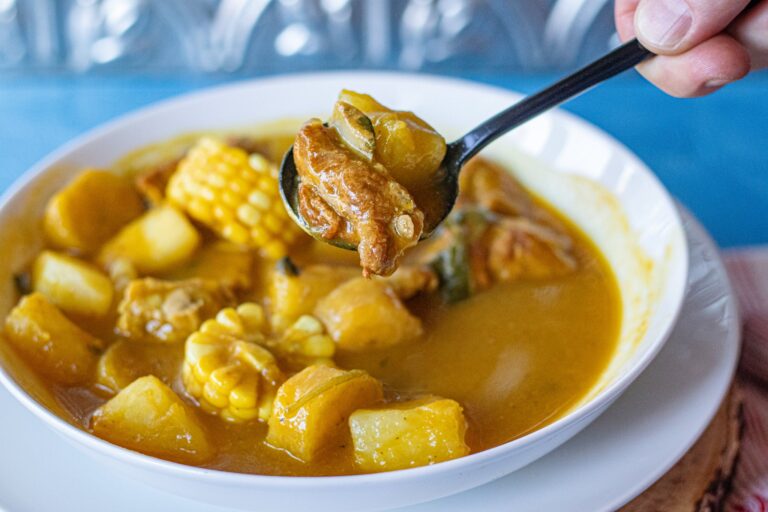

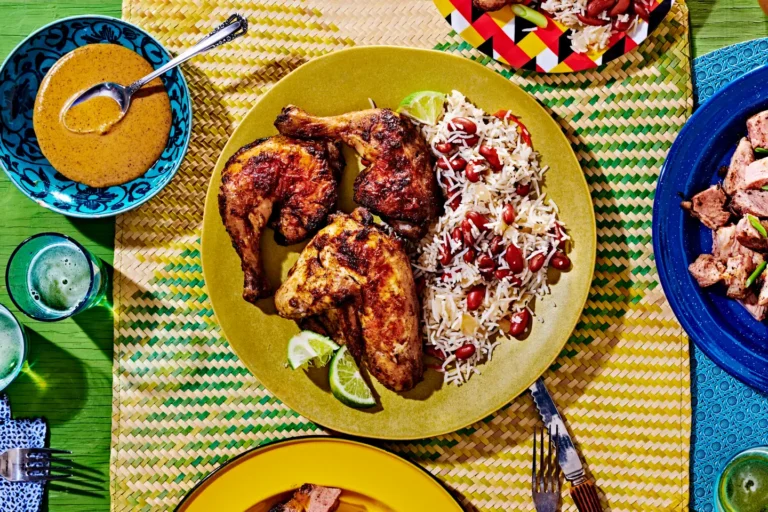

One Comment